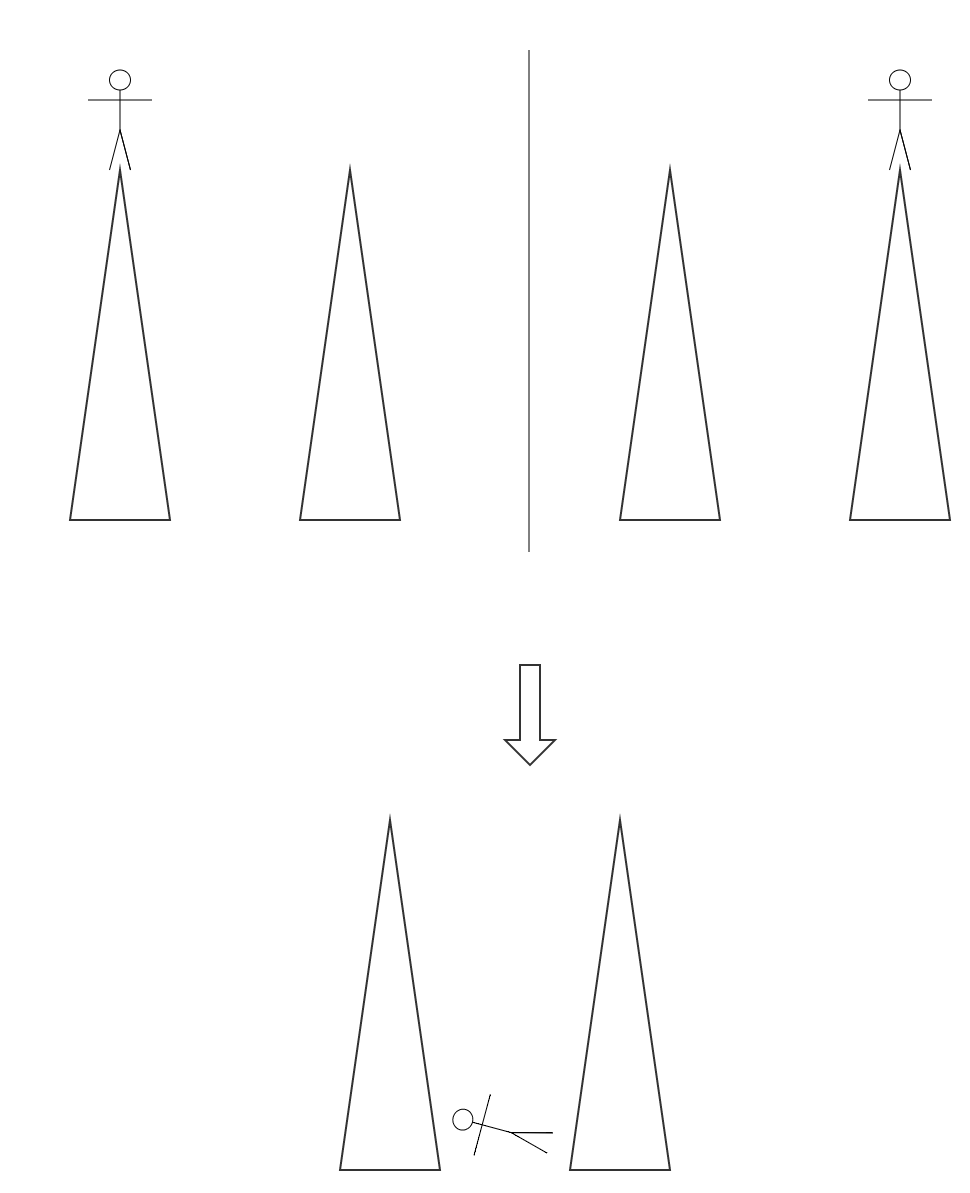A More Systematic View¶
Ensemble¶
A standard procedure of solving mechanics problems is
Initial condition / Description of states -> Time evolution -> Extraction of observables
States¶
Density of states in phase space
Continuity equation
This conservation law can be more simpler if dropped the term \(\nabla\cdot \vec u = 0\) for incompressibility.
Or more generally,
and here \(\vec j\) can take other definitions like \(\vec j = - D \partial_x \rho\).
This second continuity equation can represent any conservation law provided the proper \(\vec j\).
From continuity equation to Liouville theorem
From continuity equation to Liouville theorem:
We start from
Divergence means
Then we will have the initial expression written as
Expand the derivatives,
Recall that Hamiltonian equations
Then
Finally convective time derivative becomes zero because \(\rho\) is not changing with time in a comoving frame like perfect fluid.
Time evolution¶
Apply Hamiltonian dynamics to this continuity equation, we can get
which is very similar to quantum density matrix operator
That is to say, the time evolution is solved if we can find out the Poisson bracket of Hamiltonian and probability density.
Requirements for Liouville Density¶
Liouville theorem;
Normalizable;
Hint
What about a system with constant probability for each state all over the phase space? This is not normalizable. Such a system can not really pick out a value. It seems that the probability to be on states with a constant energy is zero. So no such system really exist. I guess?
Like this?

Someone have 50% probability each to stop on one of the two Sandia Peaks for a picnic. Can we do an average for such a system? Example by Professor Kenkre.
And one more for equilibrium systems, \(\partial_t \rho =0\).
Extraction of observables¶
It’s simply done by calculating the ensemble average
where \(i=1,2,..., 3N\).